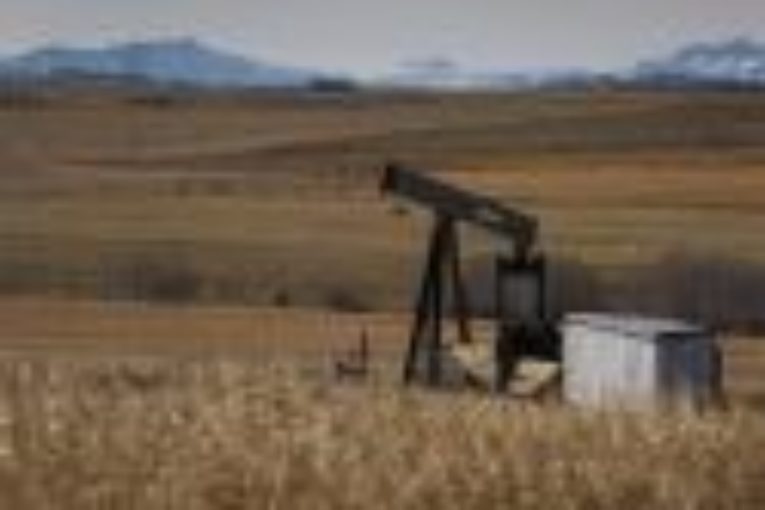
On the surface, where drilling rigs roam, the numbers don’t look good.
That’s why a growing number of analysts are talking about a potential oil price spike, possibly north of $100-a-barrel again.
Lacklustre international drilling activity, against a backdrop of ever-rising levels of consumption, is supportive of the higher-prices-yet-to-come thesis.
A review of regions outside the U.S. and Canada shows a tepid response to the recent rise in oil prices (Figure 1). So far, the producers’ extra cash flow is not going back into the ground to drill out new barrels.
Admittedly, drilling technology and rig productivity have both improved dramatically in the past four years. But those headlines and innovation dynamics are largely a North American phenomenon. The response to competition from most of the rest of the world has been to cut investment, turn off valves, crimp supply and hope for elevated prices (again).
Middle Eastern rig activity remains unchanged at 300ish since 2014. The region is low-cost and prolific, but oil production growth has levelled off. Some of that is due to OPEC quotas. The rest is a consequence of restrained investment, civil strife and geopolitical jockeying. Countries like Iraq have slashed their drilling in half. Iran, subject to a new round of sanctions this week, is unlikely to see much new investment.
Most affected by the price crash of ’14 was, and still is, Latin America. Monthly data shows only 175 rotating bits, half of what it used to be, and no signs of improvement. Oil output for Central and South America has been choppy; Venezuela and Mexico have helped drag down production by a serious 2 million barrels a day. And it’s still falling.
Asia Pacific drilling activity has recovered somewhat, but it’s still off by 15 per cent compared to pre-price-crash levels. There too, production has fallen steadily since.
In Africa, drilling is off 25 per cent or so. It’s rebounding mildly, as is its production. But the output is tenuous. Much depends on the stability of Libya. For many countries with state-owned industries, the first call on incremental cash flow is either governmental coffers, the military, the pockets of corrupt officials, or all of the above. Investment back into new drilling is lower down the priority list.
European drilling has been cut in half, down to 50 rigs, mostly in the North Sea. There is no rebound evident in offshore drilling anywhere. Oil output has been steady in Europe, largely due to technology that helps boost production from existing platforms. Regardless, the Europeans are not very consequential to oil supply—they provide less than 4 per cent of the world’s 100 million-barrel-a-day needs.
The only international data that’s missing is from Russia, in line with their opaqueness. Rig counts in Siberia are likely flat, because the country’s oil output — among the top three in the world — hasn’t changed much since 2014. The Russians could invest and pump out a lot more, but after a harsh downturn they’re probably too busy enjoying higher oil prices.
Here in Canada, the rig count is relatively flat compared to last year, at 60 per cent of the pre-downturn level. But that’s not overly meaningful. Rigs, well counts and production don’t necessarily equate anymore, because in the new world of North American drilling, the focus is on producing more oil, with fewer rigs at lesser cost. Yet despite higher prices and better productivity, the money continues to resist the drill bit; the first call on cash is coming from investors who want their money back.
And that’s what’s happening in the United States too. There are 860 oil rigs at work in America right now, about half as many as in 2014. But let’s be careful with the stats: A U.S. rig working today is two-and-a-half times more productive than four years ago. No wonder the pipelines in Texas are at full capacity, unable to take more volume until new ones are built.
One of the big questions in the oil markets today is will American oilfields, pumped up with new technology, be enough to backfill the anemic investment, drilling and production numbers we’re seeing in the rest of the world?
If not, the numbers don’t look good for either rigs on the surface or production from below.
You can read more of the news on source
